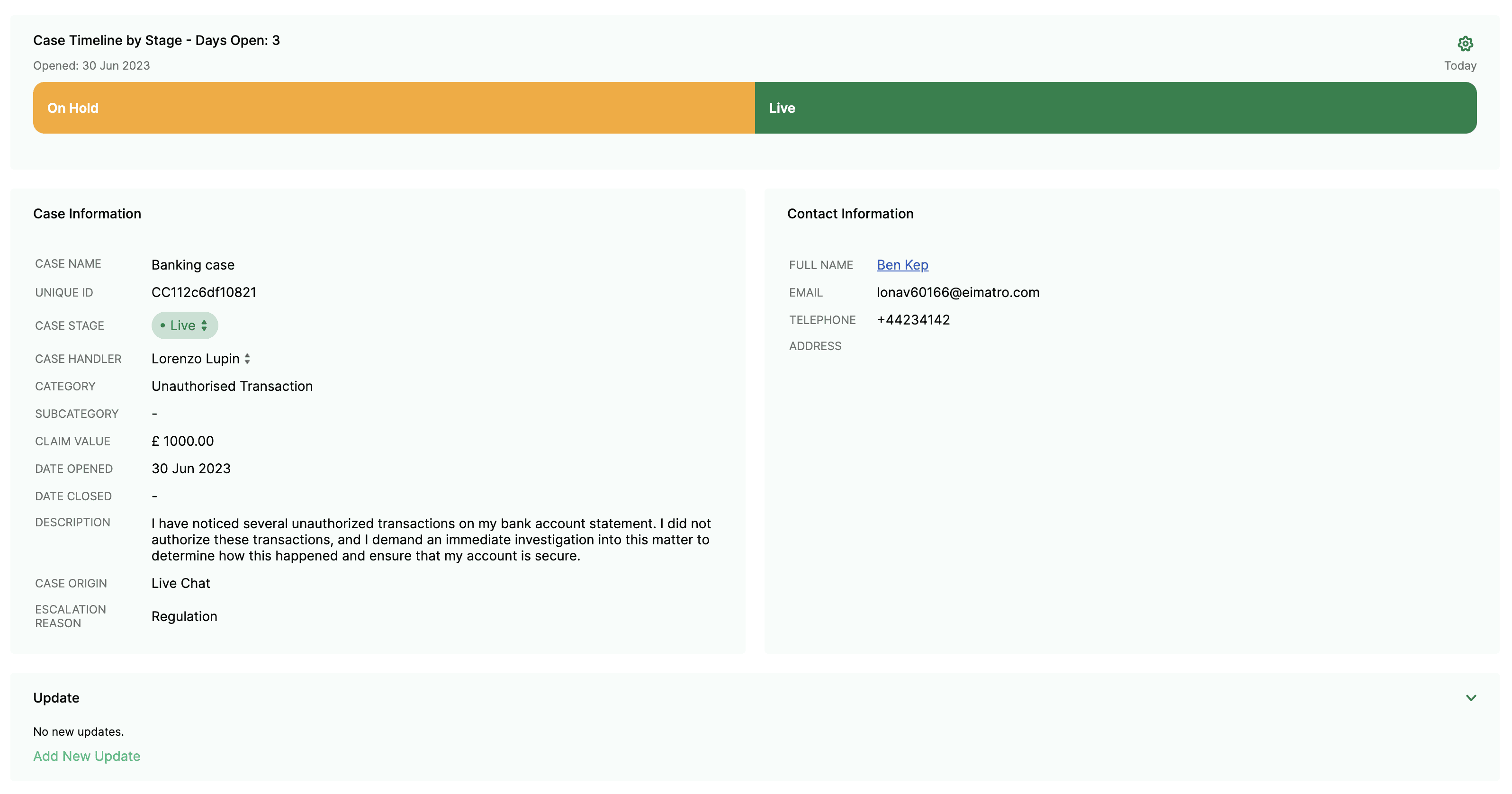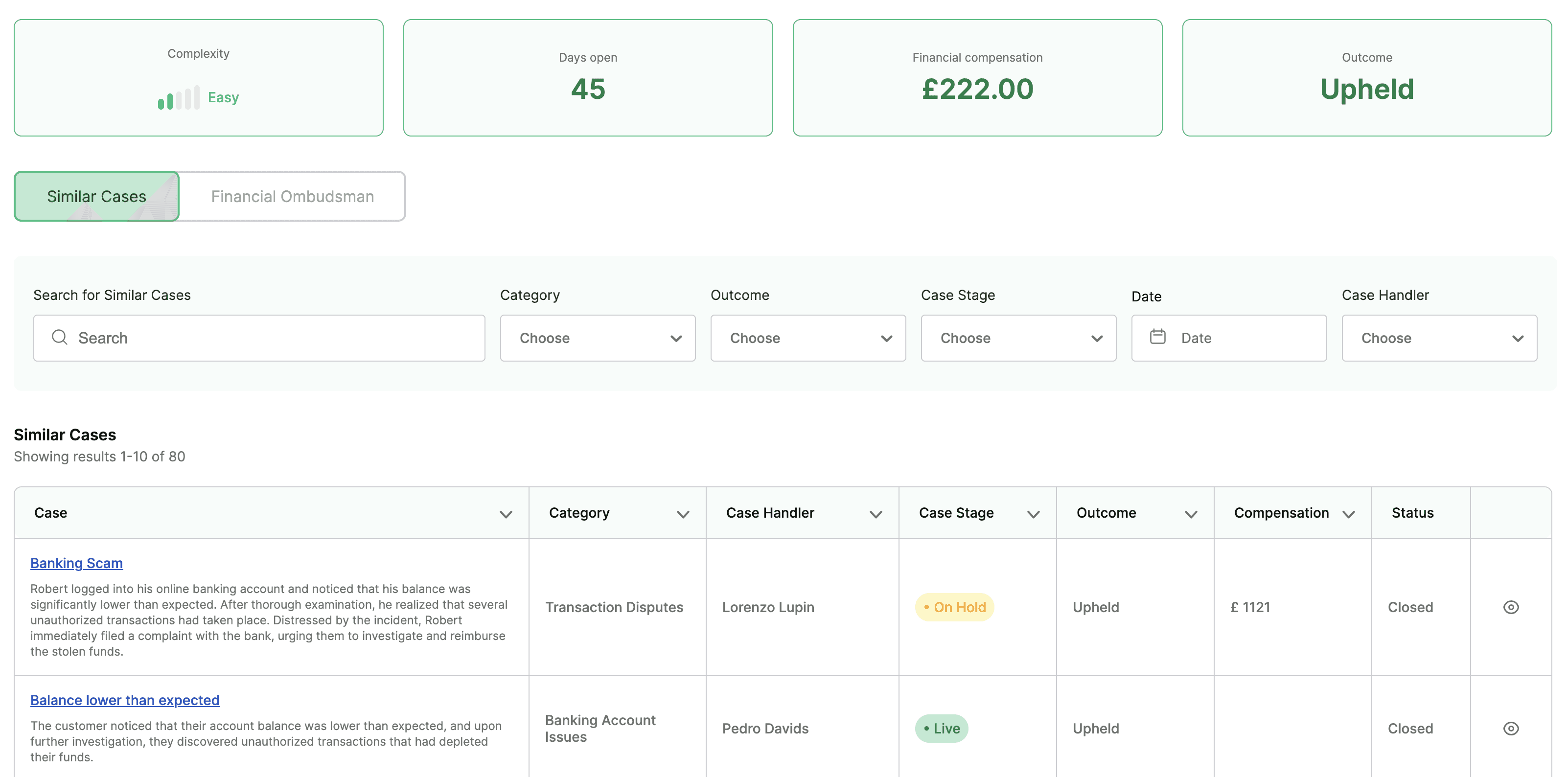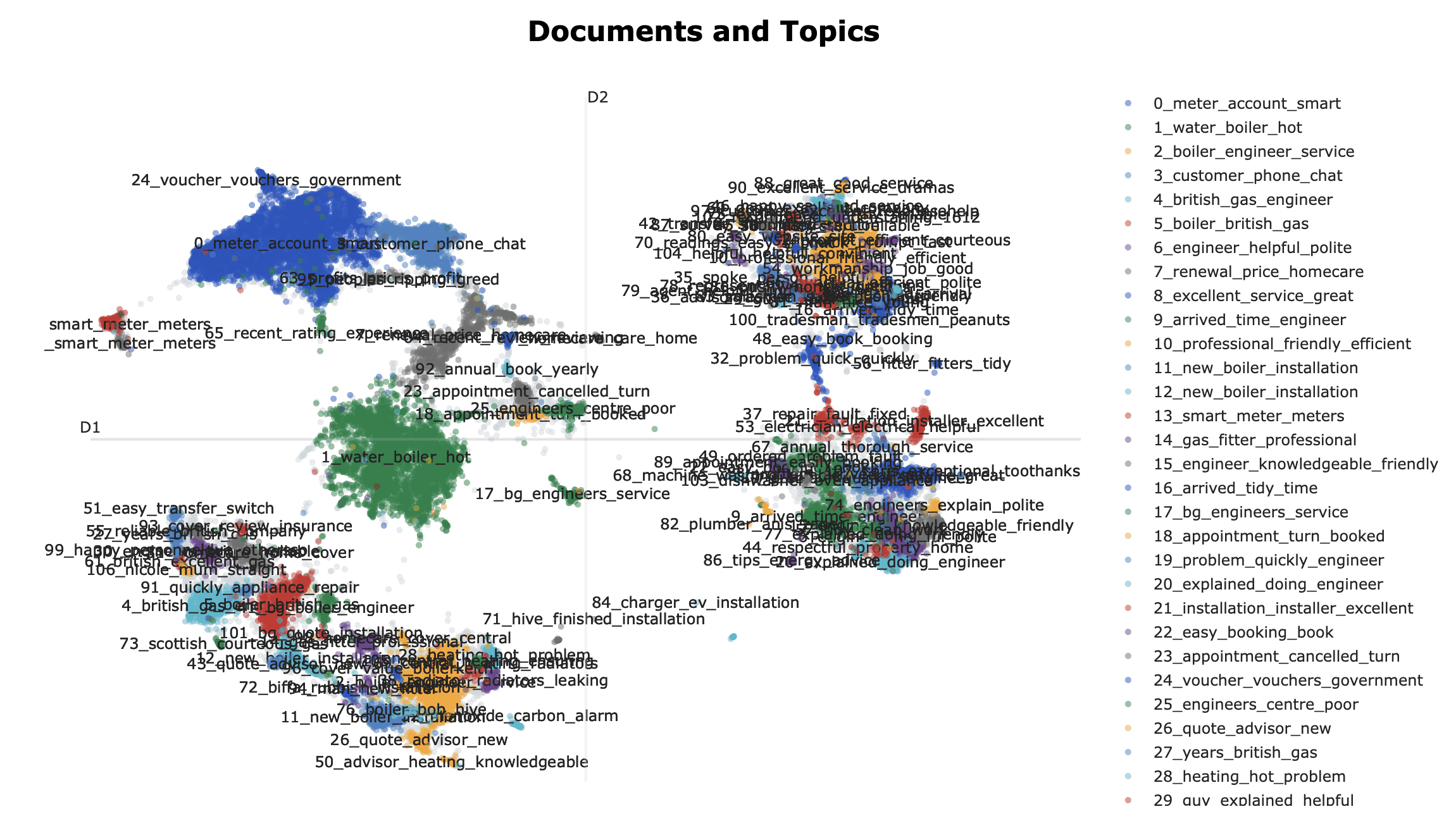You probably can't hear it anymore. The CONSUMER DUTY is coming into force on the 31st of July 2023. Indicative of the FCA's success in communicating the fact that this change is taking place, there is nary a compliance officer or financial services executive in all of this United Kingdom unaware of the regulatory update. However, perhaps indicative of the FCA's challenge in communicating the substance of the changes, there seem to be quite a few lost souls who are unaware of what exactly the change means. As EY recently reported: "Only half of firms say they are confident they will be substantively compliant by the July 2023 deadline. That’s down from 61% who said they were confident in last year’s survey;". So, perhaps it is not completely senseless to make another attempt to distil this complex piece of regulation down into another blog post to shed light on the legal ramifications, which, by the way and in case you subscribe to the notion of "compliance over time" or "moving targets", actually apply for real and already from July 31st.
We will, however, make one small adjustment, which is to focus our analysis entirely on complaints handling. This isn't just because of our obvious commercial interest in this field, but also because it is an easily overlooked field, generally in most companies even during normal times and especially in the context of the now imminent Consumer Duty. While managers and executives like to focus on sales, revenue and growth, the back office dealing with all the problems created by poorly-thought-out products, stitched-together customer journeys and a mentality of overpromise-but-underperform takes centre stage once again — not only to ensure customers don't churn, or worse, complain to the FOS, or worst of all, litigate, — but also to demonstrate compliance with and serious commitment to a new regulatory standard that posits private-sector organisations as consumer redress centres more akin to public bodies than self-interested commercial actors.
So, what does the Consumer Duty mean for complaints in financial services? While it may be tempting to take a legalistic approach to find the "gap" between what firms were doing previously and what they ought to do going forward, this tentative combing through the legislation with your lawyer hat on not only risks coming up short as there are no substantive changes to the DISP rules, but it also risks missing the point of what the FCA is trying to do here entirely. As Sheldon Mills, Executive Director, Consumers and Competition of the FCA put it on the 10th of May 2023: "We will all become ever more outcomes-and data-driven – which means focusing on results over processes - ever more attuned to the needs of consumers." Results over processes? Outcomes and data? You may think that rules are rules, and you would enjoy my sympathy (me being German) but clearly something far more interesting is going on here: it looks and feels like compliance with this new Consumer Duty when it comes to complain is no longer simply a boring, legal checklist exercise, but actually a way of being, a way of behaving, communicating and ultimately impacting the world — ideally in the way intended by the regulator. Perhaps this is a blueprint for a new type of regulation, which measures not only its success but also holds its subjects accountable for the downstream outcomes produced, rather than on the upstream actions taken.
But how do you achieve compliance with something as abstract as a good outcome? Well, it may help to keep it sensible, follow your gut and, perhaps, take some inspiration from Immanuel Kant's golden maxim. Here are a few ideas for your complaints operation:
First of all, we must admit — it's about the consumer, stupid! Unsurprisingly and as the name cleverly reveals, the Consumer Duty is indeed meant to do something with the consumer. For the complaints operation, this means that achieving compliance with the duty also means focusing on that very same person: the consumer. It's not about the FOS, it's not about data-driven machine learning blockchain applications, it's simply about the consumer. But what is "good" for a consumer? There are three key areas to consider: the process itself — ie how you take a consumer from complaint initiation to decision; the outcome — ie what you end up deciding and how you communicate that; and finally, the learnings you take away from both the mistakes you have made and crucially, the mistakes you did not make but that still led to complaints. The model to aspire to in each of these should be tied to our notions of justice, including due process and a fair trial — because you cannot have "good" without also being "just". Let's look at these three components, process, outcome and learnings, in turn.
First, let's look at process. The first hurdle is to ensure that there are indeed no hurdles in the first place. Consumers should not face any difficulty in raising a complaint. In fact, the best companies encourage their customers to submit feedback regularly and proactively seek out complaints — not only to get free business intelligence but also to preempt churn or other negative backlash at the earliest opportunity. While most firms opt to provide customers with an email address, a phone number and a physical mailing address to submit complaints, there is no reason to shy away from using web forms, which allow for a much more structured data capture and hence both more effective complaints management but also more intelligent complaints data analysis — a clear area of focus for the FCA. Although quite a few firms are minded to make it relatively easy for customers to submit complaints, almost every single firm we reviewed fell short of expectations when it comes to the post-submission complaints process. Once a complaint is submitted, proactive communication of the complaint stage and actions taken is necessary to keep the customer informed, engaged and ensure that they trust the complaints process as a whole. Indeed, there is no better way to preempt frustration claims to the FOS than to get buy-in from the consumer into the complaints process through clear communication and transparent signposting. While there are different ways this transparency can be achieved, we think the best way to do so is via a consumer portal where the consumer can track the current status of their complaint and provide follow-up evidence, if needed and ultimately view and document the decision they receive. Giving consumers a portal to check what's happening shows their complaints are being taken seriously and takes away some of the anxiety, frustration and complexity associated with running complaints investigations that can span several weeks. On that point and finally, it is critical that the length and the depth of a complaint investigation is appropriate to the complexity of the underlying case. While it is generally not advisable for firms to let consumers hanging for too long, there will likely be sympathy for even a lengthy investigation if it is clear that the time taken is being invested in a search for the truth.

A user-friendly consumer portal where customers can access a case file complete with a progress tracker showing the current status of their complaint and updates is a great way to ensure a transparent process and get buy-in from consumers minded to take you to the FOS, or worse, the courts!
Second, let's look at outcomes. While of course outcomes are necessarily subject to the "yay or nay" binary nature of winners and losers, and while of course this dichotomy inherently brings with it positive and negative reactions, it would be simplistic to assume that the only metric firms need to look at when assessing this part of their complaints journey is which cases they uphold and which cases they reject. There are really three key metrics to consider here: consistency, accuracy and clarity. The first one should be obvious: any complaints operation worth its salt needs to make decisions consistently because the outcome of an individual complaint should not depend on the day, complaint handler or any other external circumstances and instead focus purely on the substance of the case itself. While this aspiration is clearly accepted as the model for most complaints managers, in practice, many struggle to live up to it due to the unavoidable conflict between enforcing a set of static guardrails and leaving sufficient space for individual decision-making. Combined with high staff turnover and overall inexperienced, junior workers, the lack of consistent decision-making can quickly become a regulatory and reputational risk. Putting forward a solution however requires an understanding of how decisions are made in this context. Far from being a static or even computational exercise, judicial decision-making (which decision-making in complaints is part of, even though it sits at the very beginning of the "legal" process) is usually an exercise of comparing & contrasting, or reasoning by analogy, of following or deviating from precedent on the basis of similarities and differences. What complaints handlers need, more than anything, is a list of similar cases to the one they are working on. And by similar, we do not mean an abstract model case that is too far removed from the situation to be useful, but a case that is so similar that you can indeed make qualitative arguments about the relationship between that case and the current case at hand. Fortunately, most firms are sitting on mountains of previous complaints decisions that can be leveraged to provide such lists of similar cases to their staff. AI can help unlock this latent value. The second metric, accuracy, is really just an extension of the previous metric, consistency, except that what is meant here is not internal consistency with one's own decisions, but external consistency with decisions made by the regulator, and in this case, the Financial Ombudsman Service. Clearly, there is some apprehension around the decision-making at the Ombudsservice — both because the award limit is being increased to £415,000, which allows the FOS to make awards far beyond the limit of many courts, but also because FOS decisions sometimes seem and often are inconsistent themselves. While it is hard to refute this attack completely and while there may be some sympathy for an organisation that has to deal with many hundreds of thousands of varied complaints from all over the UK very year, unfortunately for firms, they will need to bite the bullet and follow the decision-making of the FOS as best they can. As the FCA has said: "Where the [FOS] has made a decision relevant to the case(s) at hand, [the FCA] will consider a firm to be acting in bad faith if it delays paying redress where this is due but instead waits for the [FOS] to make a further decision. [The FCA] expects firms to pay redress promptly in those circumstances". Clearly, accuracy in decision-making means following the decisions of the FOS, even though this may pose an operational and legal challenge. Fortunately however, the FOS is obligated to and does indeed publish a large amount of its decisions on its website. To date, over 300,000 FOS decisions are available on the FOS website for firms to analyse, digest and apply. Especially as the FOS starts making decisions on cases involving concepts from the Consumer Duty such as "target markets", firms will need to watch carefully as any deviation from FOS decisions will lower the accuracy of their complaints decisions and creates expensive downstream liabilities which always ultimately materialise. Again, AI can be a helpful tool in analysing the large quantities of FOS data to help firms understand how decisions are being made and how they are changing over time. The final point to consider in analysing the outcomes part of the complaints operation, which we will not belabour here, is clarity. Suffice it to say that communicating decisions clearly and ideally concisely is a critical component of ensuring acceptance by the consumer of the complaint decision.

AI algorithms can help complaints handlers make consistent decisions by retrieving similar cases from within your own organisation but also from external regulatory databases, like the FOS. On top of this qualitative analysis, predictions can be built to function as high-level guidelines for complaints handlers.
Finally, let us consider learnings. Being able to learn from complaints data not only fits very squarely with the expectation of the FCA to pursue a data-driven and consumer-oriented business strategy but also gives firms the opportunity to identify problems in their operations and rectify them to the benefit of their customers and also their bottom line. Complaints data, unlike other operational data sources like server logs indicating errors in software applications, is rich, contextual and innately human. Every complaint is a story and being able to capture complaints data accurately and analyse it properly means bing able to derive deep and fundamental insights about how a business does and ought to operate. Additionally, creating learnings from past failures gives greater meaning to those failures because it creates the opportunity for them to be avoided in the future. Generally, firms make two mistakes when it comes to performing root cause analysis, which is of course the regulatory expression for taking away learnings from your complaints operation: firms collect insufficient data and then do not analyse it in a detached, objective manner. The first mistake usually arises as a result of the complaints operation itself. Often due to the use of multiple different systems, data is not collected centrally and not structured in a format that makes it useful for analysis. As a result, firms lose out of a large amount of information that could usefully inform their strategy. Second, the data that is collected, even if it is collected in a structured format, is collected in such a way that the type of downstream insights to be gained from the data are already a foregone conclusion. For example, by defining upfront which possible root causes complaints can be associated with, complaints managers are restricting the total universe of possible root causes and will hence miss out on identifying those crucial problems that are rally unknown unknowns. One way to combat this biased form of analysis is to make use of sober statistical representations of data in a way that allows natural clusters to emerge and then to analyse these clusters in depth. By combining data in a centralised place, adopting a data-driven mindset and analysing data as objectively as possible, firms have the chance derive crucial learnings for their business from their complaints.

Visualisations of complaints data as clusters of semantically similar or different text can help drive the objective analysis of root causes and avoid the pitfalls of only recording the types of problems firms already know about.
None of the recommendations above require a degree in rocket science to figure out. They are reasonable principles that most civilised people would agree have a clear place in the fair resolution of disputes. What's new however, and what does require a degree of intellectual flexibility is that we are in the middle of a transition where upstream private actors, like the providers of financial services, are increasingly expected to behave like public institutions when it comes to the way they treat their customers. The lines between "citizens" and "consumers" are being blurred and firms, already under pressure from ESG requirements and younger generations demanding a more holistic involvement of firms in the societies they operate in must understand the nature and permanence of this fundamental shift. The Consumer Duty crystallises the maxims we all already knew we had — except that now they are moving from a merely moral to a legal obligation. Good luck!
